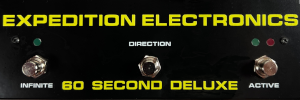Showing posts with label Vaemi. Show all posts
Showing posts with label Vaemi. Show all posts
Wednesday, December 10, 2025
Atari Punk Console : Granular Synthesis with the Atari Punk Console (APC) : Vaemi #clouds #fm #synth
video upload by Vaemi
"ENG
After running and filtering the output of the Atari Punk Console through an OTA filter, we continue processing the sound with granular synthesis. We combine the granular engine with a function generator, a random noise source, and an LFO to produce multiple random voltages, which we use to control various parameters of the granular structure. The VAEMI Analog Sequencer modulates the first oscillator of the Atari Punk Console—essentially controlling the fundamental frequency of the patch. The second oscillator is modulated by an LFO, creating arpeggio-like movements. The reverb algorithm is generated internally within the granular engine. Enjoy watching.
TR
Atari Punk Console’un çıkışını bir OTA filtreden geçirip filtreledikten sonra, sesi granular sentez ile işlemeye devam ediyoruz. Granular’i bir function generator, bir random noise kaynağı ve bir LFO ile kombine ederek çok sayıda rastgele voltaj ürettik ve bu voltajlarla granular yapıyı kontrol ediyoruz. VAEMI Analog Sequencer, Atari Punk Console’un birinci osilatörünü—yani patch’in temel frekansını—modüle ediyor. İkinci osilatörü ise bir LFO ile modüle ederek arpej benzeri hareketler oluşturuyoruz. Reverb algoritması ise granular motorunun kendi içinden geliyor. Keyifli izlemeler."
Vaemi's Atari Punk Console is available in stand alone and eurorack format. See the announcement post here.
Saturday, October 25, 2025
Monday, October 20, 2025
🎛️ VAEMI : Kraakdoos / Cracklebox Atölyesi : Workshop #diy #diyprojects #gate
video upload by Vaemi
"Kraakdoos (aka Cracklebox), 1970’lerde Michel Waisvisz tarafından tasarlanan deneysel bir elektronik müzik aletidir.
Bu cihaz, parmak uçlarınızla devreyi tamamlayarak ses üretmenizi sağlar — her dokunuş, farklı bir ton, şiddet ve karakter yaratır.
VAEMI’nin modern tasarımıyla yeniden hayata geçen bu versiyonda:
• Transformatör izolasyonlu line çıkış,
• Dahili hoparlör ve harici çıkış seçeneği,
• LM709 op-amp tabanlı analog devre,
• 9V pil ile çalışma gibi özellikler bulunur.
Resimde gördüğünüz bu synthesizer’ın tüm PCB ve elektronik bileşenleri size atölye ücreti dahilinde eksiksiz bir şekilde sağlanacaktır. Derse yanınızda hiçbir şey getirmeden gelmeniz yeterlidir. Lehim kalemi, lehim, pasta, hoparlör, pil gibi gerekli malzemeler de tarafımızdan sağlanacaktır. Daha önce birkaç kez lehim yapmış iseniz bu dersler tam size göre olabilir. Dersin sonunda birleştirdiğiniz synthesizer’lar sizlerin olacaktır. Dersin başında size bütün elektronik bileşenler teslim edilecek ve bir takım şema ve synthesizer’ımız ile ilgili notlar dağıtılacaktır. “Elektrik nedir?”, “Kullanılan elektronik malzemeler ile ilgili temel bilgiler”, “Şema okuma” gibi giriş konularından sonra synthesizer üzerinde bölüm bölüm, her bölümün nasıl çalıştığını anlayarak adım adım ilerleyeceğiz. Dersin sonunda ise hep beraber synthesizer’larımızı çalıyor olacağız.
Katılımcılar, atölye süresince kendi Cracklebox’larını üretecek, cihazın elektronik yapısını öğrenecek ve sonunda kendi ürettikleri enstrümanı evlerine götürecekler. 🎶
📩 Kayıt & bilgi: @vaemisynth"
Googlish:
"Kraakdoos (aka Cracklebox) is an experimental electronic musical instrument designed by Michel Waisvisz in the 1970s.
This device allows you to produce sound by completing the circuit with your fingertips — each touch creates a different tone, intensity and character.
This version, revived with VAEMI's modern design, features:
• Transformer-isolated line output,
• Internal speaker and external output option,
• LM709 op-amp based analog circuit,
• 9V battery operation.
All PCB and electronic components of the synthesizer you see in the picture will be provided to you as part of the workshop fee. You just need to come to the lesson without bringing anything with you. We will also provide the necessary materials such as a soldering iron, solder, flux, speaker, battery. If you have done a few soldering jobs before, these lessons may be perfect for you. At the end of the lesson, you will have your assembled synthesizer. At the beginning of the lesson, you will be given all the electronic components and a set of schematics and our synthesizer. Relevant notes will be distributed. After introductory topics such as "What is electricity?", "Basic information about the electronic materials used", and "Reading schematics", we will proceed step by step on the synthesizer, section by section, understanding how each section works. At the end of the lesson, we will all be playing our synthesizers together.
During the workshop, participants will build their own Crackleboxes, learn the electronic structure of the device, and finally take home their own instrument. 🎶
📩 Registration & information: @vaemisynth
Monday, October 06, 2025
🎛️ VAEMI : SLOS (Square Logic Oscillator Synthesizer) Atölyesi : Workshop #diy #diyprojects #gate
video upload by Vaemi
"VAEMI’nin en uygun fiyatlı ve en erişilebilir atölyelerinden biri olan SLOS (Square Logic Oscillator Synthesizer) atölyesi ile elektronik ses dünyasına adım atıyoruz!
Bu atölyede:
Logic Square Wave Oscillator ile frekans bölme (division) tekniklerini öğreneceksiniz.
Çıkışlara bağlanan LED’ler hem diyot görevi görüyor hem de “inhibit gate” (Engelleyici Kapı) gibi 'ogic' kombinasyonlarla yeni sinyal akışları yaratıyor.
Bu sinyalleri birbirine yönlendirerek ses, ritim ve müzik sentezleyeceğiz.
SLOS ile kare dalga tabanlı osilatörlerin nasıl birer ritmik ve melodik kaynak hâline geldiğini deneyimleyeceksiniz.
Friday, September 05, 2025
Analog Sequencer : Short Review
video uploads by Vaemi
8-Step • Fully Analog • Standalone
Playlist:
1. Analog Sequencer : Short Review 1 : Vaemi (Standalone or DIY) #gate #cv #eurorack #synthesizer #step
2. Analog Sequencer : Short Review 2 : Vaemi (Standalone or DIY) #gate #cv #eurorack #synthesizer #step
3. Analog Sequencer : Basic Features : Vaemi (Standalone or DIY) #gate #cv #eurorack #synthesizer
"The VAEMI Analog Sequencer is a compact, standalone sequencer designed with a classic 8-step structure and a fully analog architecture. Handcrafted with through-hole components, this unit provides a reliable control center for those seeking pure analog control in both stage and studio settings.
The sequencer operates with a 12V–15V power adapter and features 8V CV and 5V Gate outputs. It is fully compatible with all modular and standalone systems.
Sunday, May 18, 2025
Pure Analog Polyphony with the VAEMI Modular System #eurorack #osiop #xfmr #vca #subtractive #synth
video upload by Vaemi
"Pure Analog Polyphony with the VAEMI Modular System
Most polyphonic synthesizers are hybrid designs that combine digital control with analog sound generation. In modular systems, however, building a truly pure analog polyphony can be both challenging and deeply rewarding.
In this video, we created a fully analog polyphonic structure using the VAEMI modular system. We used sawtooth waveforms on all oscillators. With 3 OSI-OP modules, we achieved 3-voice polyphony. By using VAEMI Analog Sequencers, we provided dedicated voltage control for each oscillator, resulting in a completely analog polyphonic sequencer.
The signal path was processed through our prototype analog filter module, creating a classic subtractive synthesis architecture. The entire system was synchronized via clock signals from the Beatstep Pro. The final recording was passed through an RE-201, adding a classic tape delay and spring reverb atmosphere.
Sometimes, chasing sound takes you back in time.
This pure analog polyphonic structure we built with VAEMI blends the feeling of the past with the modular technology of today.
You'll know what we mean when you hear it."
Sunday, May 11, 2025
VAEMI Modular System Patching No:6 - OSI-OP,XFMR Ring Mod.,XFMR VCA & Expander,VoltRatio
video upload by Vaemi
"A unique system brought together with high-quality components and precise engineering. The VAEMI Analog Modular System is entirely handmade using through-hole components and includes many distinctive features of its own.
In this video, you’ll be able to watch and experience a patch I created using through zero frequency modulation — from start to finish, with minimal editing. By the end of the video, I end up creating two separate parallel FM paths. I create a kick and snare using Peaks, and sequence all these sounds with the Beatstep Pro. Then, we patch a synth bass using the VAEMI system.
Shortly after the bass becomes audible, I add a bit of stereo presence in the higher frequencies using the computer, activating a plug-in midway through the recording. Other than that, there is no additional processing.
With a transparent mastering approach, you’ll hear the entire recording session in its clearest and most natural form.
Enjoy listening and watching :)"
Monday, February 24, 2025
VAEMI System Disco-Electro Beat : VoltRatio, OSI-OP, XFMR Ring Modulator, XFMR VCA : (Eurorack)
video upload by Vaemi
"A Disco-Electro beat produced with the VAEMI System. The synth bass is entirely created using VAEMI OSI-OP modules and designed with a complex FM patch. Similarly, the kick is generated using a TZ FM synthesis approach with OSI-OP modules and the VAEMI System. In the video, you are watching the direct recording of the synth bass. The hi-hat is fully analog and is our own prototype design. The snare, on the other hand, is a classic DMX drum machine snare. Enjoy listening!
VAEMI System ile üretilmiş bir Disco-Electro beat. Synth bass tamamen VAEMI OSI-OP modülleri kullanılarak oluşturuldu ve kompleks bir FM patch’i ile tasarlandı. Kick de benzer şekilde TZ FM sentez yaklaşımıyla OSI-OP modülleri ve VAEMI System kullanılarak üretildi. Videoda ise doğrudan synth bass’in kaydını izliyorsunuz. Hihat tamamen analog olup, kendi prototip tasarımımızdır. Snare ise bir klasik olan DMX drum machine snare’idir. Keyifli dinlemeler!
Website:
www.vaemi.net"
Sunday, February 02, 2025
Cracklebox (Kraakdoos) : With Analog Resonator, Granular & Delay : Vaemi (Standalone Synthesizer)
video upload by Vaemi
"Cracklebox (Kraakdoos) : With Analog Resonator, Granular & Delay : Vaemi (Standalone Synthesizer)
Kraakdoos (Cracklebox)
The Kraakdoos, also known as the Cracklebox, is an experimental electronic musical instrument first developed by Michel Waisvisz in the 1970s. This device makes interacting with electronic circuits fun and unconventional, and is played through its touch-sensitive surfaces. When you complete the circuit with your fingertips, it starts producing sound, with the tone, intensity, and rhythm changing according to your touch.
This modern version designed by Vaemi presents the classic Cracklebox concept with an innovative approach. The Kraakdoos serves as a creative tool in sound design, appealing to both musicians and those interested in experimental sounds.
The Kraakdoos, aka Cracklebox, uses the classic LM709 op-amp, which is now only available from a limited number of manufacturers. This component plays a crucial role in shaping the device’s characteristic tone and unique sound palette, providing a truly one-of-a-kind audio experience.
Features
Transformer-Isolated Line Output: The line-out connection is equipped with transformer isolation, ensuring signal isolation for cleaner sound transmission and professional-grade noise reduction.
Speaker and External Output Options: Option for external speaker use or external line output.
Touch Controls: The device responds dynamically to user touch, generating unique sounds.
Revived with Vaemi's design, the Kraakdoos offers an unforgettable experience in the world of analog electronics. With its transformer-isolated line output and the ability to run on a 9V battery, this device is an ideal choice for both studio and outdoor performances."
Wednesday, January 29, 2025
Vaemi Mini Mixer
video uploads by Vaemi
Playlist:
Mini Mixer (With Atari Punk Console, Cracklebox & PO-12) : Short Review : Vaemi (Synthesizer)
Mini Mixer (With Atari Punk Console, Cracklebox & PO-12) : Basic Features : Vaemi (Synthesizer)
via Vaemi Reverb
via Vaemi Reverb
Vaemi's new product, the Mini Mixer, is a mono analog mixer with 4 channels and 3.5mm mini jack inputs and outputs, designed for use in stage performances or recordings with all your line and analog equipment.
 Each channel features a saturation function, and it has a specially designed jack input for the 4th channel.
Each channel features a saturation function, and it has a specially designed jack input for the 4th channel.When the 4th channel and jack input are empty, the mixer’s master output is rerouted to the inputs, creating a "feedback" circuit. This feature allows the sound gain to increase by approximately 6 times, significantly raising the saturation level of the mixer. If an instrument is connected to the 4th channel, the feedback signal is disabled when the jack is plugged in, and the instrument's sound becomes part of the summing. When the channels are muted, the feedback enters self-oscillation.
Vaemi Cracklebox
Note: links to listings are affiliate links for which the site may be compensated.
video uploads by Vaemi
Playlist:
Cracklebox (Kraakdoos) : Basic Features : Vaemi (Standalone Synthesizer)
Cracklebox (Kraakdoos) : Short Reiview : Vaemi (Standalone Synthesizer)
Mini Mixer (With Atari Punk Console, Cracklebox & PO-12) : Short Review : Vaemi (Synthesizer)
via Vaemi Reverb
The Kraakdoos, also known as the Cracklebox, is an experimental electronic musical instrument first developed by Michel Waisvisz in the 1970s. This device makes interacting with electronic circuits fun and unconventional, and is played through its touch-sensitive surfaces. When you complete the circuit with your fingertips, it starts producing sound, with the tone, intensity, and rhythm changing according to your touch.
video uploads by Vaemi
Playlist:
Cracklebox (Kraakdoos) : Basic Features : Vaemi (Standalone Synthesizer)
Cracklebox (Kraakdoos) : Short Reiview : Vaemi (Standalone Synthesizer)
Mini Mixer (With Atari Punk Console, Cracklebox & PO-12) : Short Review : Vaemi (Synthesizer)
via Vaemi Reverb
The Kraakdoos, also known as the Cracklebox, is an experimental electronic musical instrument first developed by Michel Waisvisz in the 1970s. This device makes interacting with electronic circuits fun and unconventional, and is played through its touch-sensitive surfaces. When you complete the circuit with your fingertips, it starts producing sound, with the tone, intensity, and rhythm changing according to your touch.
Vaemi Atari Punk Console (Standalone & Eurorack)
Note: links to listings are affiliate links for which the site may be compensated.
video upload by Vaemi
Playlit:
Atari Punk Console : Short Review : Vaemi (Standalone Synthesizer)
Atari Punk Console : Basic Features : Vaemi (Standalone Synthesizer)
Atari Punk Console : With Analog Ribbon Controller : Vaemi (Eurorack)
Atari Punk Console : With Analog Sequencer : Vaemi (Standalone Synthesizer)
Mini Mixer (With Atari Punk Console, Cracklebox & PO-12) : Short Review : Vaemi (Synthesizer)
via Vaemi Reverb
VAEMI's Atari Punk Console features a circuit design that operates with two oscillators and the modulation between these oscillators. Based on the "Stepped Tone Generator" circuit developed by Forrest M. Mims III in the early 1980s, this design is one of the significant milestones in electronic music history.
Thanks to the two oscillators, it offers the possibility to select harmonic degrees based on the fundamental frequency. This feature allows users to create melodic arpeggios.
video upload by Vaemi
Playlit:
Atari Punk Console : Short Review : Vaemi (Standalone Synthesizer)
Atari Punk Console : Basic Features : Vaemi (Standalone Synthesizer)
Atari Punk Console : With Analog Ribbon Controller : Vaemi (Eurorack)
Atari Punk Console : With Analog Sequencer : Vaemi (Standalone Synthesizer)
Mini Mixer (With Atari Punk Console, Cracklebox & PO-12) : Short Review : Vaemi (Synthesizer)

via Vaemi Reverb
VAEMI's Atari Punk Console features a circuit design that operates with two oscillators and the modulation between these oscillators. Based on the "Stepped Tone Generator" circuit developed by Forrest M. Mims III in the early 1980s, this design is one of the significant milestones in electronic music history.
Thanks to the two oscillators, it offers the possibility to select harmonic degrees based on the fundamental frequency. This feature allows users to create melodic arpeggios.
LABELS/MORE:
Atari Punk Console,
Auctions,
DIY,
eurorack,
New DIY,
New Modules,
New Sound Machines,
News,
Vaemi
Monday, September 02, 2024
Vaemi Introduces VoltRatio Precision Voltage Adder - Subtractor Eurorack Module
video upload by Vaemi
"VoltRatio : Basic Features : Precision Voltage Adder - Subtractor : Vaemi (Eurorack)"
"The VoltRatio 1V/OCT CV input allows you to quickly and easily switch through exactly 6 harmonic degrees. Additionally, this module enables you to obtain both a copy of the fundamental frequency's voltage and a frequency one octave below simultaneously, allowing you to comfortably control up to 3 oscillators at once. Furthermore, designed as a precision multiple, this module offers precise and professional calibration options, helping your system stay in accurate tuning and advancing both you and your system.
The frequency ratio system, which can also be found in the first digital examples of Thru Zero Frequency Modulation and allows easy adjustment of harmonic degrees in all operator oscillators according to the fundamental frequency, is crucial for maintaining musical and tonal compatibility. This system greatly simplifies programming in complex FM patches. With the three separate outputs designed as Vaemi, which replicate the 1V/OCT CV input like a precision multiple and provide different degrees, you can use all analog thru zero or standard voltage-controlled oscillators. Quickly navigating between harmonic degrees during recording or live performances will provide significant musical and practical advantages. The output providing harmonic degrees (Ratios) includes 2 buffered outputs, making a total of 4 CV outputs on the module.
You can adjust the desired voltage and harmonic degrees between 0-6V according to your preferences and needs using the trimpots on the back of the module. Additionally, you can set the -1 OCT output to the desired negative level using the trimpots on the back.
All inputs and outputs of the module are DC coupled. Essentially, the module adds or subtracts an offset voltage to the voltage entered into the 1V/OCT CV input. We can think of it as a precision CV adder-subtractor. The sum of the entered and added voltages is what comes out of the outputs. In short, you can also use this module to shift the offset, process signals like envelopes or LFOs, and more. (Note about the module: one of the most important points is that it has both positive and negative outputs and precise calibrations for offset and CV scale. So, it’s not just about adding offset voltage to the voltage.)
You can read which channel you are on from the top of the module or easily determine it with the help of LEDs. The module is 10HP wide."
VoltRatio : VoltRatio & OSI-OP Jam : Precision Voltage Adder - Subtractor : Vaemi (Eurorack)
Sunday, August 11, 2024
Vaemi Introduces a Eurorack Keychain Module



via Vaemi
"Release Date: August 20, 2024 (when the product willbe av ailable for purchase)
Vaemi’s Innovative Keychain for Synthesizer Enthusiasts: Keychain Holder
Vaemi is launching the Keychain Holder, an innovative product specially designed for synthesizer enthusiasts. With its eye-catching OSI-OP design, this keychain stands out for both its elegance and functionality.
Keychain Holder Features:
Powered by Adapter: The Keychain Holder is powered by an adapter to be ready for use.
Wall-Mountable Design: It can be easily mounted on a wall with the attached apparatus at the top.
Illuminated Design: The Vaemi logo in the center stays lit continuously, while the Vaemi text above the jack inputs lights up individually as each jack is inserted.
Adjustable Light Level: The overall brightness of the lights can be easily adjusted using the knob.
On/Off Switch: The product includes an on/off switch
Package Contents:
1 Keychain Holder
5 Jack Keychains
Users can attach these jack keychains to their everyday keys and easily place them on the Keychain Holder when they arrive home or at the office.
Vaemi's new product will not only meet the needs of synthesizer enthusiasts but also add an aesthetic touch. With the Keychain Holder, you can keep your keys organized while enjoying its eye-catching illuminated design."
Tuesday, August 06, 2024
Vaemi DIY Workshop 6 Ağustos 2024
video upload by Vaemi
Google translation from Turkish follows. Original Turkish below that.
"We will assemble all the parts from scratch and make an electronic instrument, namely a synthesizer.
We will provide all the necessary equipment as VAEMI.
Technical information on the subject will also be shared.
Contact us to join the workshop.
For information and applications: vaemisynth@gmail.com
DIY Analog Drone Synthesizer Workshop
Drone Synthesizer Technical Specifications:
• 4 Voice Polyphony
• 4 Analog Oscillators
• Touch Areas and Gate Keys
• 4 Analog Envelope (Sustain, Release)
• 4 Analog VCA
• 4 Channel Mixer
• 1 Analog RC Filter
• FM Modulation
• Can work with adapter or 9V battery
• Mono Output (1/8mm jack output)
We are organizing a repeat of our workshop on electronic circuit, synthesizer and musical instrument production and design by Efe Çakır.
A class will be created for the workshop. Participation is limited. The workshop will focus on the construction of a 4-oscillator analog drone synthesizer. The class will start at 11:00 on Sunday, August 18th and will last for 5-6 hours.
All PCB and electronic components of the synthesizer you see in the picture will be provided to you completely within the workshop fee. It is sufficient to come to the class without bringing anything with you. We will also provide the necessary materials such as soldering pen, solder, paste, speaker, battery. If you have soldered a few times before, these classes may be just for you. At the end of the class, the synthesizers you have assembled will be yours. At the beginning of the class, all electronic components will be delivered to you and a set of schematics and notes about our synthesizer will be distributed. After introductory topics such as “What is electricity?”, “Basic information about electronic materials used”, “Reading schematics”, we will proceed step by step by understanding how each section works in order of “What is an oscillator?”, “What is a VCA?” on the synthesizer. At the end of the lesson, we will all be playing our synthesizers together.
For your questions and applications, you can contact us via Efe Çakır (@ertanefecakir) and Vaemi (@vaemisynth) accounts.
In order to apply, you must make a payment before the workshop date. If you want to cancel within the last week before the workshop, no refund will be made."
Thursday, July 25, 2024
XFMR Euro DI : Audio Demo : Vaemi (Eurorack)
video upload by Vaemi
"As VAEMI, we designed the Euro DI in the Eurorack module format, which can be used for all digital or analog equipment, synthesizers, and drum machines ranging from line level devices to high voltage synthesizer levels. In this way, you can input the unbalanced sound signals of your equipment into your microphone preamp with a balanced XLR connector.
Key features include:
- Balanced XLR Output
- Neutrik XLR connectors
- Enables the transmission of audio signals over long distances
- Clean and transparent sound
- 0 degree phase shift
- Accurate isolation from electrical noise in the audio signal
- -12dB Pad switch
- 180 degree phase switch
- GND Lift switch"
Monday, March 25, 2024
OSI-OP, Ratio Switch and XFMR VCA - Analog Oscilloscope Screen - Complex Waveforms (Eurorack)
video upload by Vaemi
"OSI-OP, Ratio Switch and XFMR VCA - Analog Oscilloscope Screen - Complex Waveforms (Eurorack)"
https://reverb.com/shop/vaemisynth
Thursday, June 08, 2023
Thursday, March 30, 2023
XFMR Ring Modulator : With Sine Waves & Other Waveforms : Vaemi (Eurorack)
video upload by Vaemi
"The XFMR Ring Modulator is a very old transformer ring modulator design. It dates back to 1947. The inventor of the device is Harald Bode, not the inventor of the ring modulator, but the inventor of many other important circuits, who first thought of using it in music systems and designed an example of it. The first versions had inputs with 2 audio transformers and 4 diodes installed in a ring configuration for the ring modulator.
The module is 10 hp. It is hand-assembled with very high-quality through-hole components. The transformers used in the XFMR Ring Modulator are Tamura brand transformers with very high quality and flat response. There are two separate transformers at the input and output. Also, the input and output voltages are calibrated according to our system and eurorack systems.
Input and output have a headroom of 10Vpp. Unlike the original design, the module is not passive but active (buffered). The XFMR Ring Modulator has a Carrier input and input attenuator, an Output and its attenuator, a Modulator CV input and its attenuator. The lights on the panel show the exact phase of the modulation. The gain setting you choose on the input signals will change and affect the sound of the XFMR Ring Modulator. It will also affect and change the harmonics generated by the attenuator to reduce the amount of modulation. There is also an offset knob for ring modulation. Here you can change the zero point of the modulation, direct and shape the modulation.
At Vaemi, we have revived this old construction technique by creating the XFMR Ring Modulator as an active ring modulator with a transformer.
- Tamura Input and Output Transformers
- Active Ring Modulator design
- Illuminated design to track the phase of modulation"
Also see Vaemi Introduces XFMR Ring Modulator Eurorack Module
Sunday, March 26, 2023
Vaemi Introduces XFMR Ring Modulator Eurorack Module
video uploads by Vaemi
"Vaemi's new module XFMR Ring Modulator, designed for Eurorack systems, has introduced an active ring modulator design with transformer.
Vaemi (Volt Age Electronic Musical Instruments), which manufactures synthesizers and electronic musical instruments commercially in Turkey, released its first module Osi-Op (through zero fm VCO) in the past months and immediately afterwards they shared Eurorack modules such as Shift Register, R2r Ladder, Buffered Multiple. Now, after the XFMR VCA, Vaemi, which continues the second of its transformer module designs, comes up with the XFMR Ring Modulator, that is, an active ring modulator design with transformer.
The original scheme and the history of this design date back to Harold Bode. It was designed passively at that time. XFMR Ring Modulator is a more advantageous active ring modulator module. A very large area on the panel of the module is illuminated with blue LEDs and shows the phase and height of the output signal. The input of the module is AC coupled because it is a transformer. There are also 4 knobs for controlling the module. With these knobs, you can determine the input and output levels, the number of CVs and shift the offset of the CV signal. The XFMR Ring Modulator has a very rich sound, very soft and open at high frequencies. The module has 10Vpp input and output. Tamura brand quality audio transformers are used. Vaemi today's electronic music and popular synthesis techniques can be applied to additive, FM, Formant, Subtractive, such as synthesis equipped with a system that can be used comfortably in today's music and a modern range of systems that they aim to bring together with their users will continue to be shaped and developed with new module designs that will come this year. You can browse Vaemi's products and get more detailed information by visiting www.vaemi.net You can also follow Vaemi on their social media accounts and take a look at the promotional videos, features and sounds of their new modules.
Tamura Input and Output Transformers
Active Ring Modulator Design
Illuminated Design to Track the Phase of Modulation
XFMR Ring Modulator User Manual EN
XFMR Ring Modulator User Manual TR
"Vaemi's new module XFMR Ring Modulator, designed for Eurorack systems, has introduced an active ring modulator design with transformer.
Vaemi (Volt Age Electronic Musical Instruments), which manufactures synthesizers and electronic musical instruments commercially in Turkey, released its first module Osi-Op (through zero fm VCO) in the past months and immediately afterwards they shared Eurorack modules such as Shift Register, R2r Ladder, Buffered Multiple. Now, after the XFMR VCA, Vaemi, which continues the second of its transformer module designs, comes up with the XFMR Ring Modulator, that is, an active ring modulator design with transformer.
The original scheme and the history of this design date back to Harold Bode. It was designed passively at that time. XFMR Ring Modulator is a more advantageous active ring modulator module. A very large area on the panel of the module is illuminated with blue LEDs and shows the phase and height of the output signal. The input of the module is AC coupled because it is a transformer. There are also 4 knobs for controlling the module. With these knobs, you can determine the input and output levels, the number of CVs and shift the offset of the CV signal. The XFMR Ring Modulator has a very rich sound, very soft and open at high frequencies. The module has 10Vpp input and output. Tamura brand quality audio transformers are used. Vaemi today's electronic music and popular synthesis techniques can be applied to additive, FM, Formant, Subtractive, such as synthesis equipped with a system that can be used comfortably in today's music and a modern range of systems that they aim to bring together with their users will continue to be shaped and developed with new module designs that will come this year. You can browse Vaemi's products and get more detailed information by visiting www.vaemi.net You can also follow Vaemi on their social media accounts and take a look at the promotional videos, features and sounds of their new modules.
Tamura Input and Output Transformers
Active Ring Modulator Design
Illuminated Design to Track the Phase of Modulation
XFMR Ring Modulator User Manual EN
XFMR Ring Modulator User Manual TR
NEXT PAGE
HOME
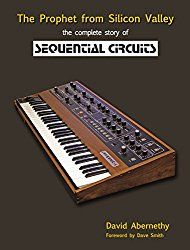



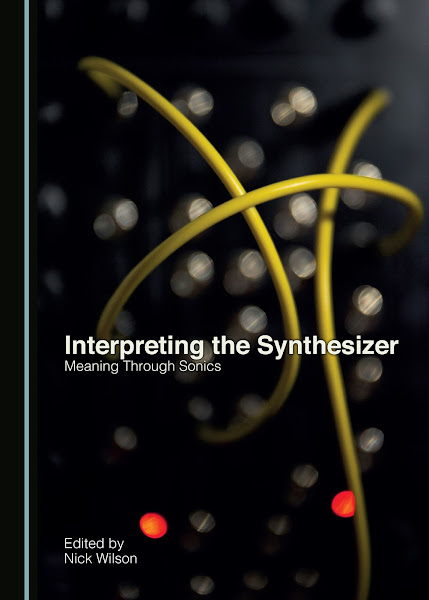
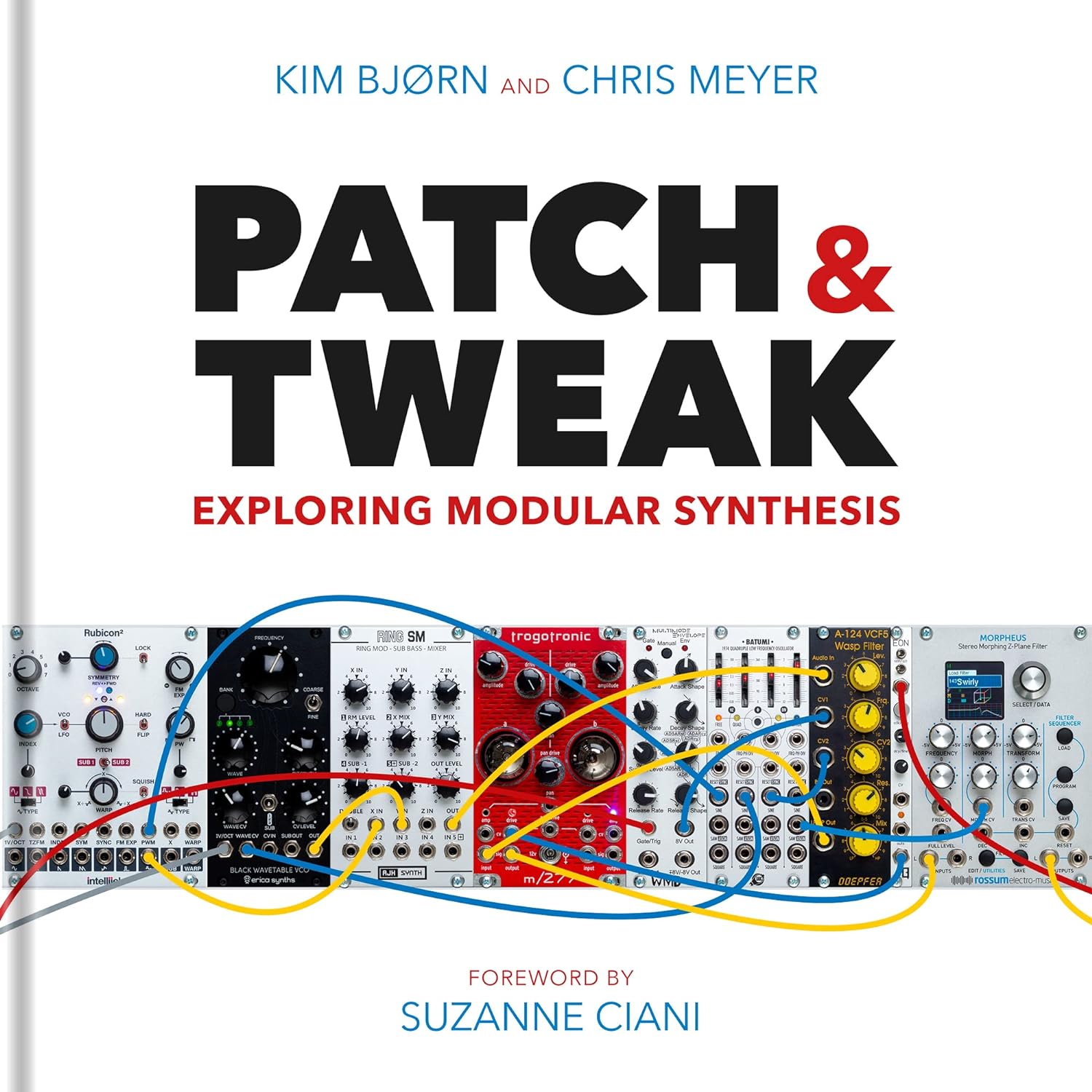

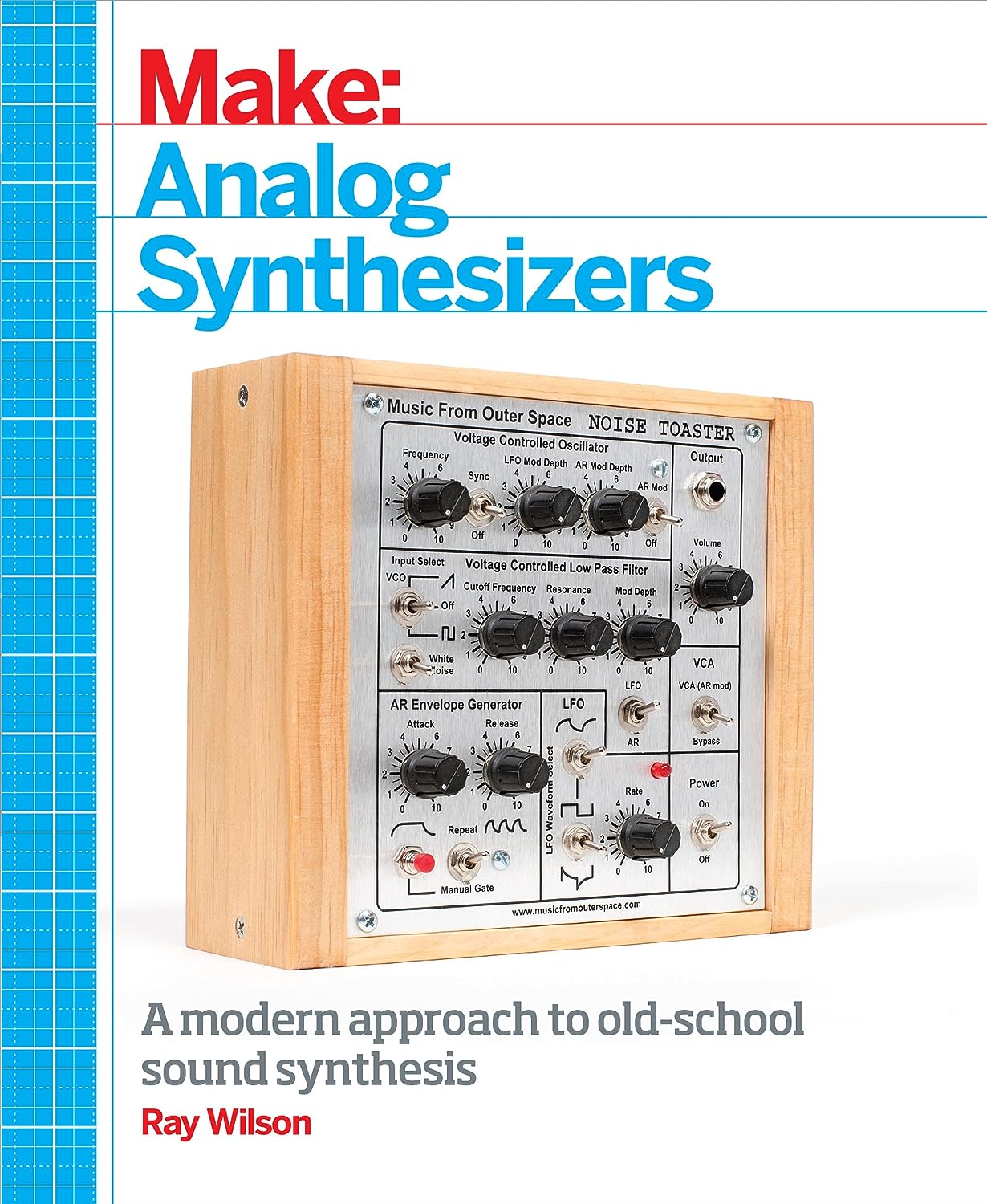

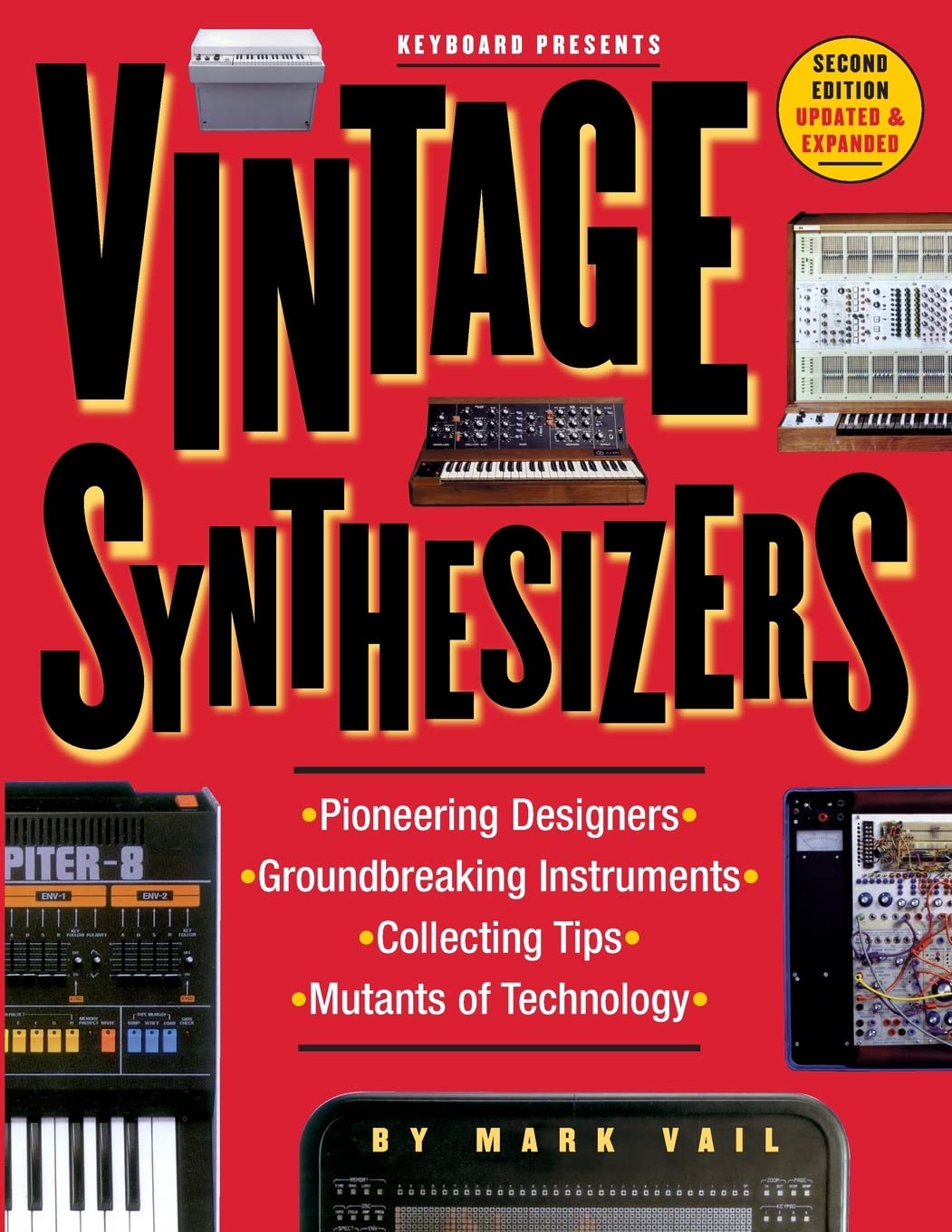
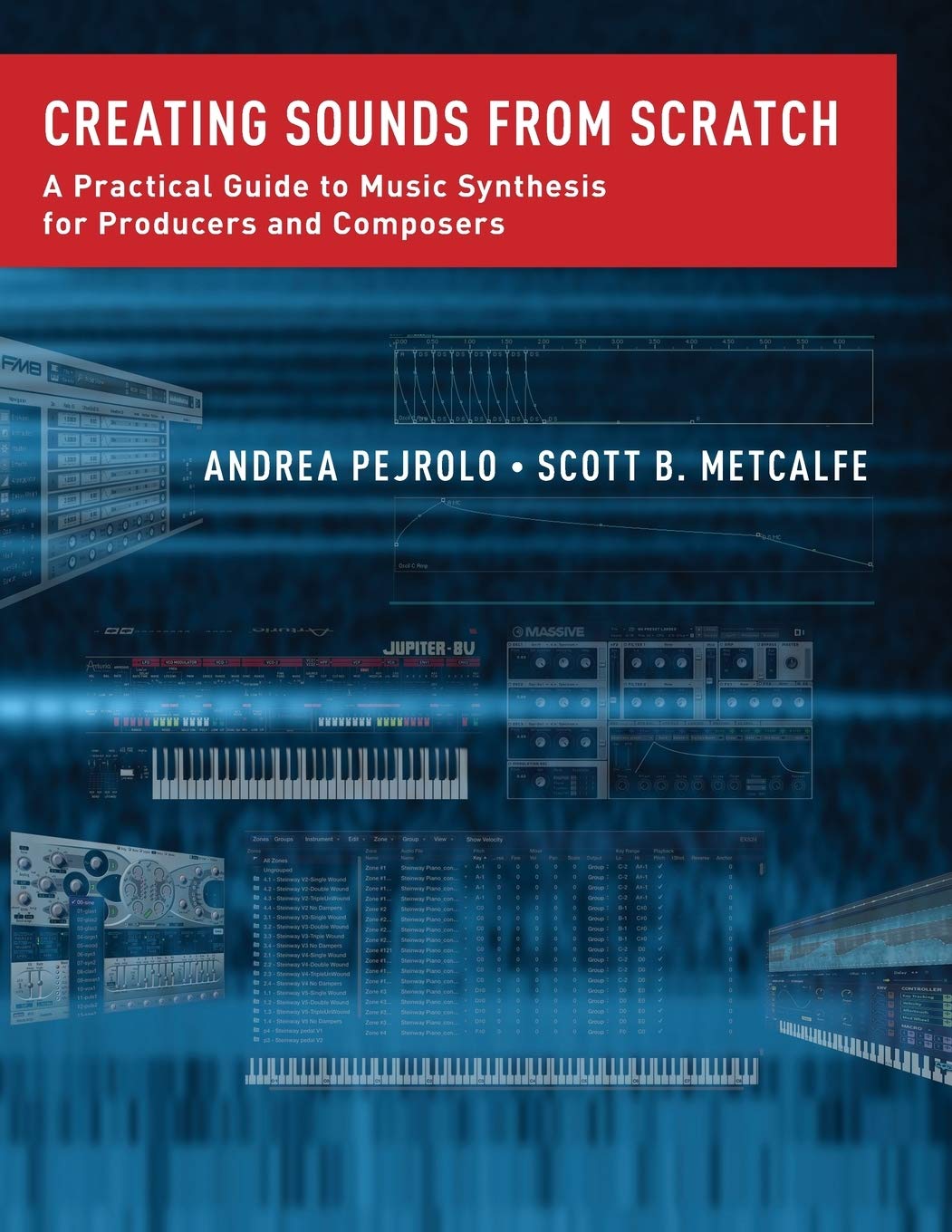
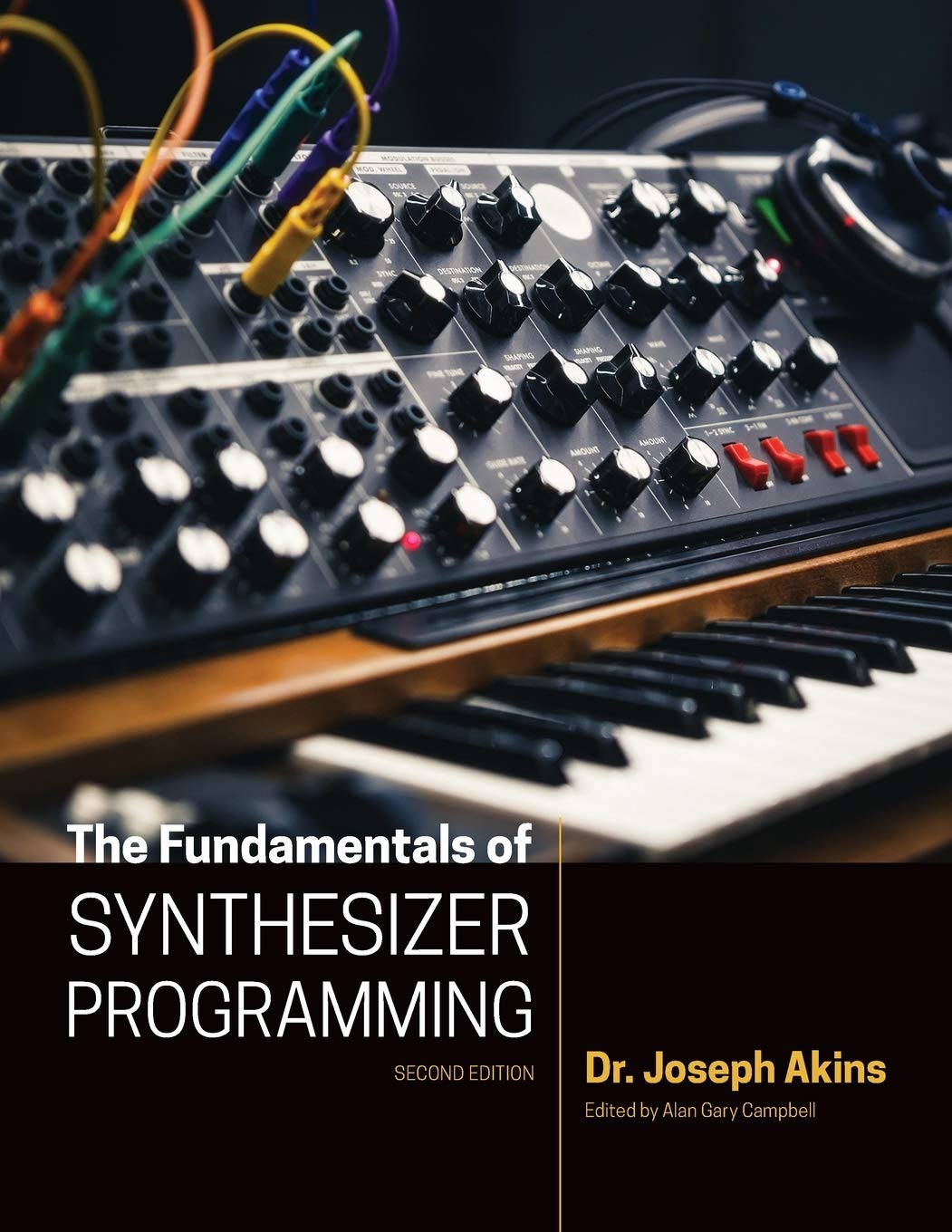

© Matrixsynth - All posts are presented here for informative, historical and educative purposes as applicable within fair use.
MATRIXSYNTH is supported by affiliate links that use cookies to track clickthroughs and sales. See the privacy policy for details.
MATRIXSYNTH - EVERYTHING SYNTH













© Matrixsynth - All posts are presented here for informative, historical and educative purposes as applicable within fair use.
MATRIXSYNTH is supported by affiliate links that use cookies to track clickthroughs and sales. See the privacy policy for details.
MATRIXSYNTH - EVERYTHING SYNTH


















